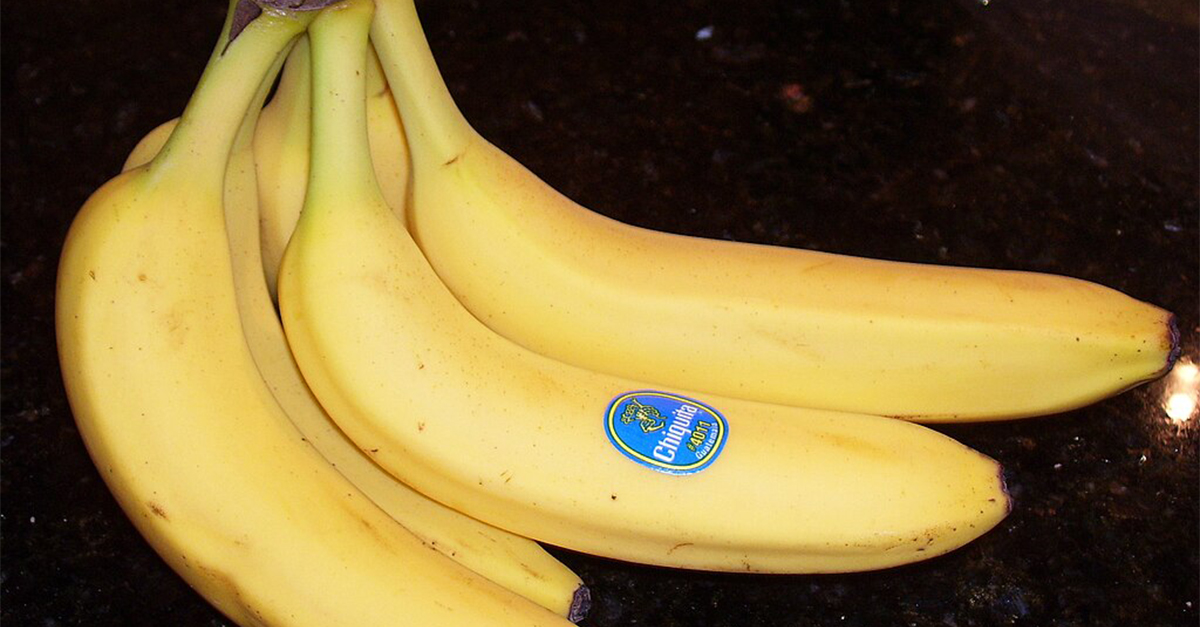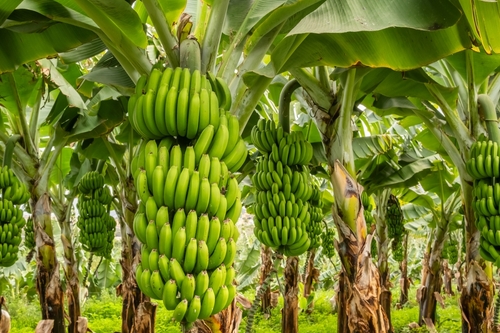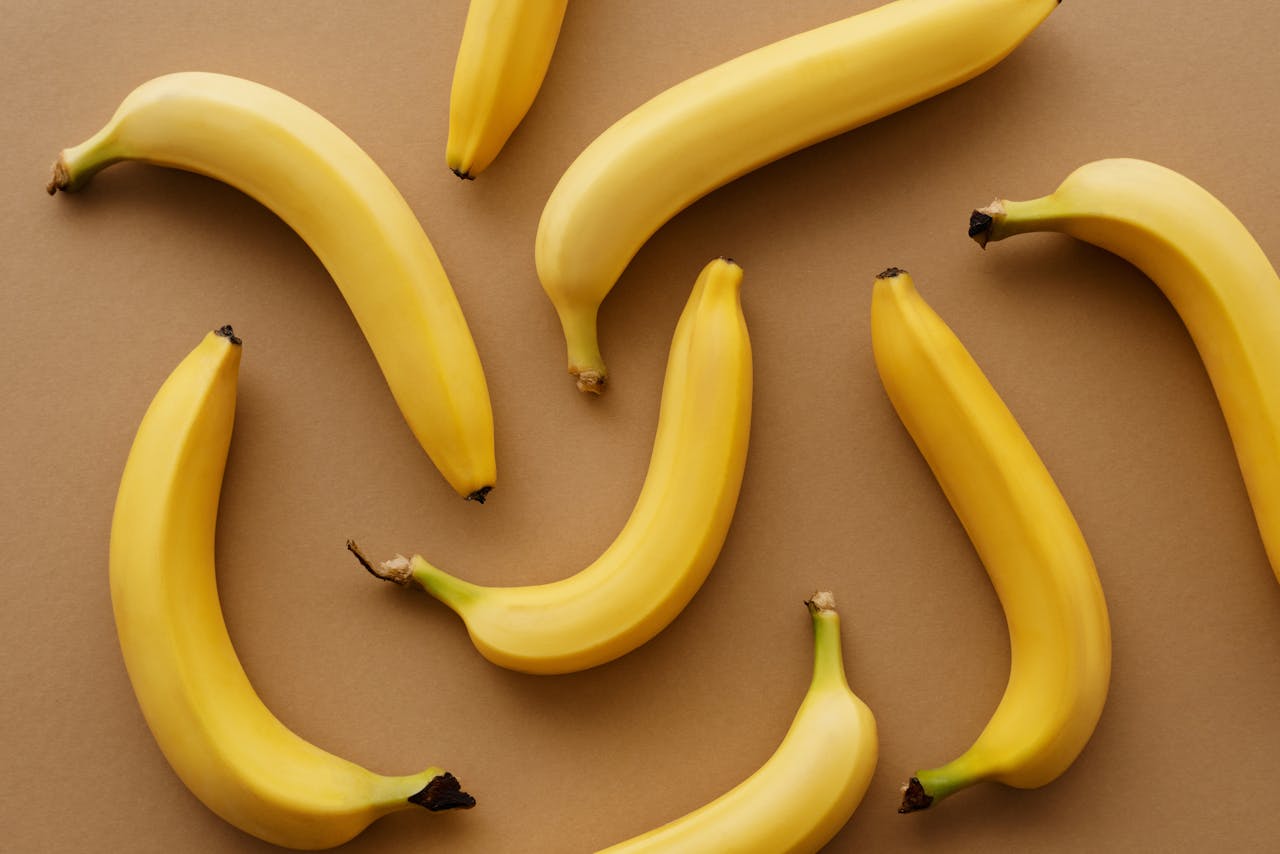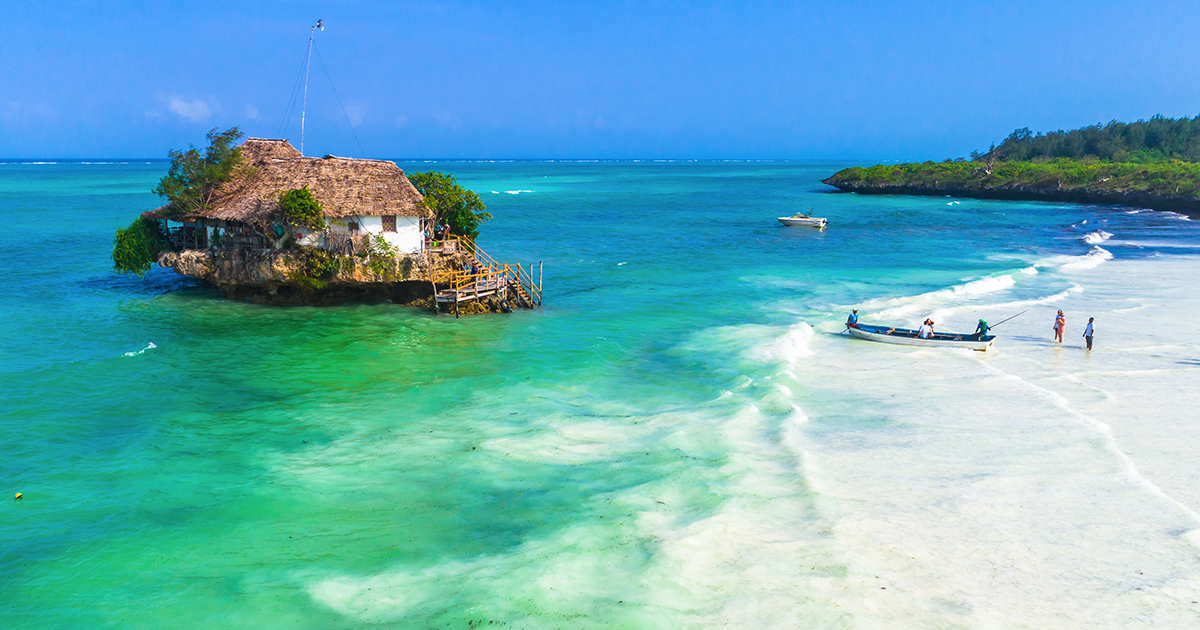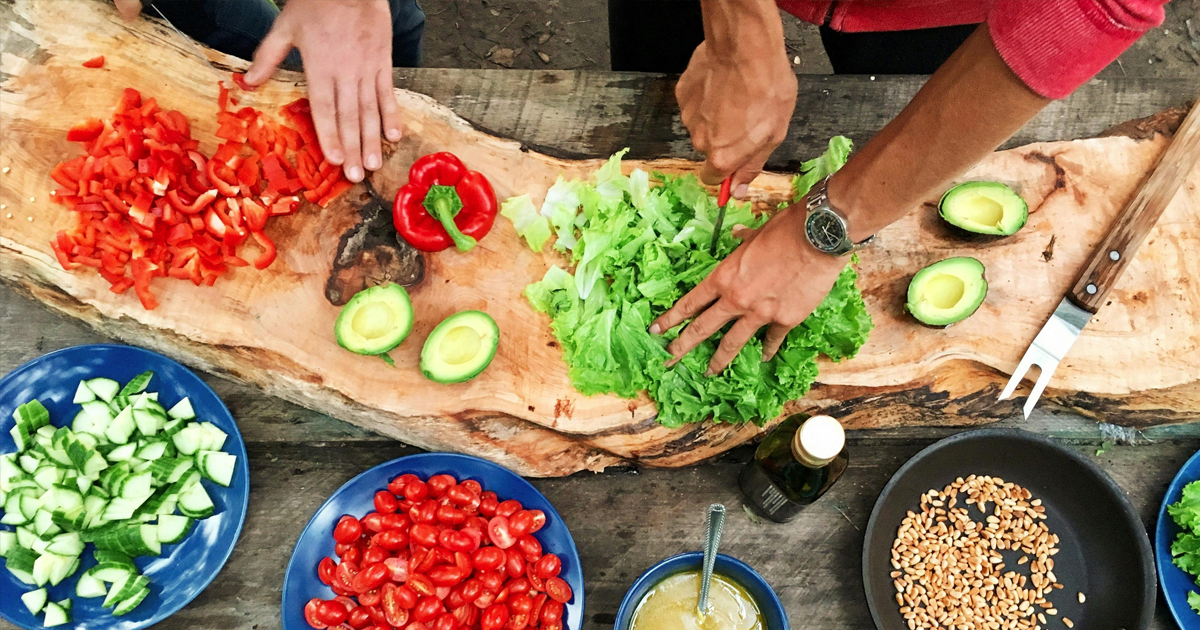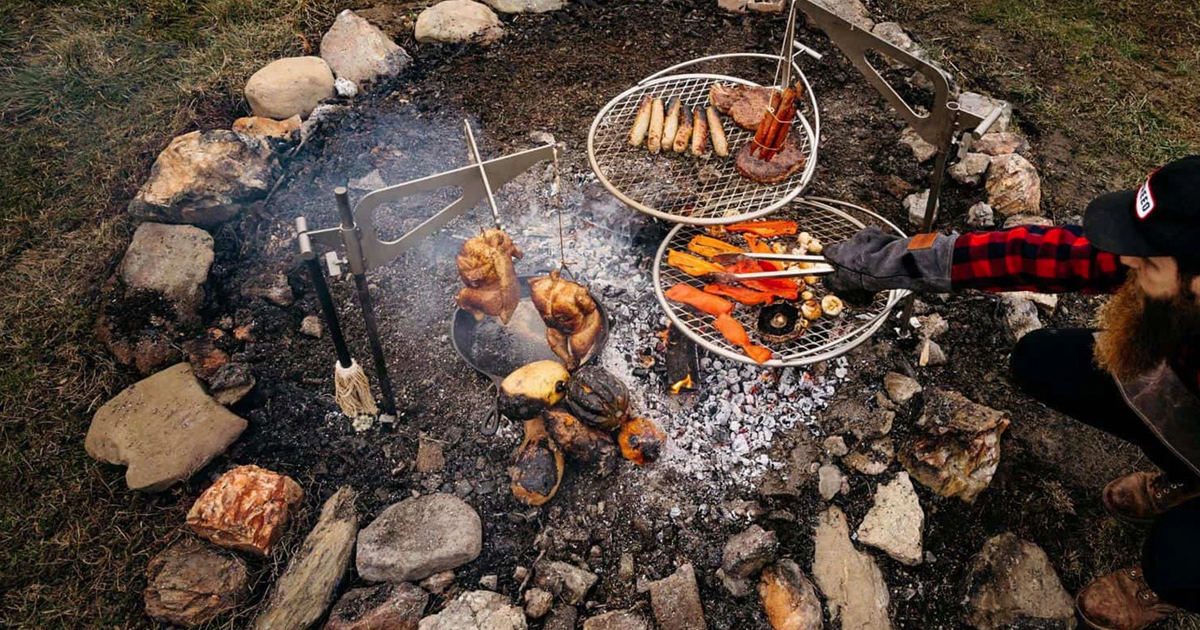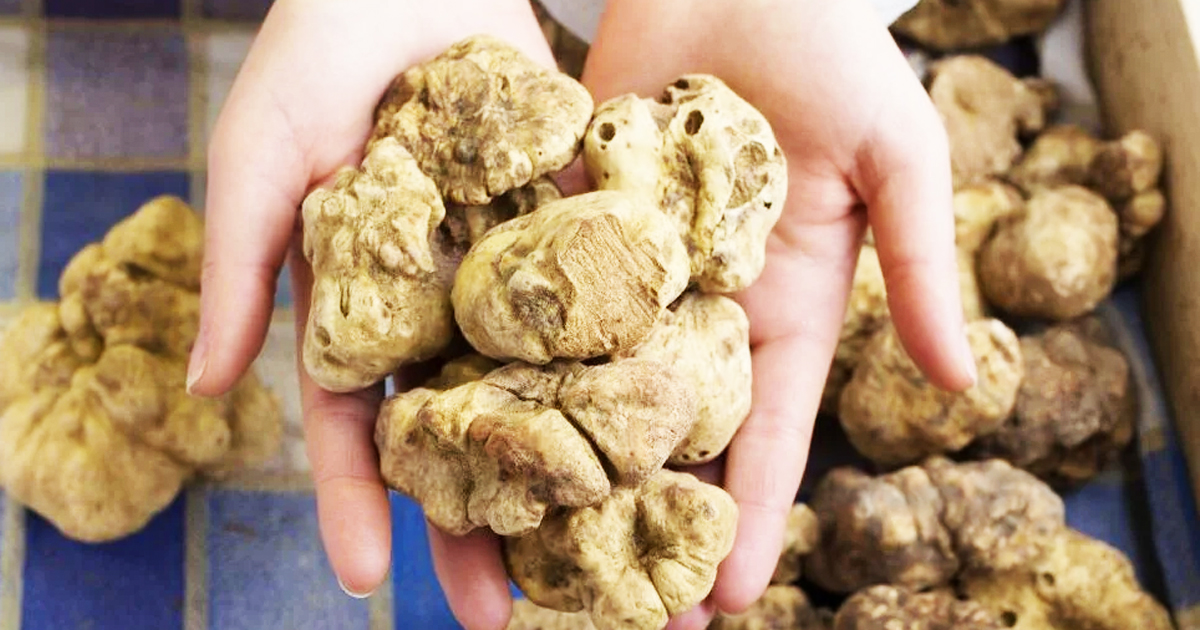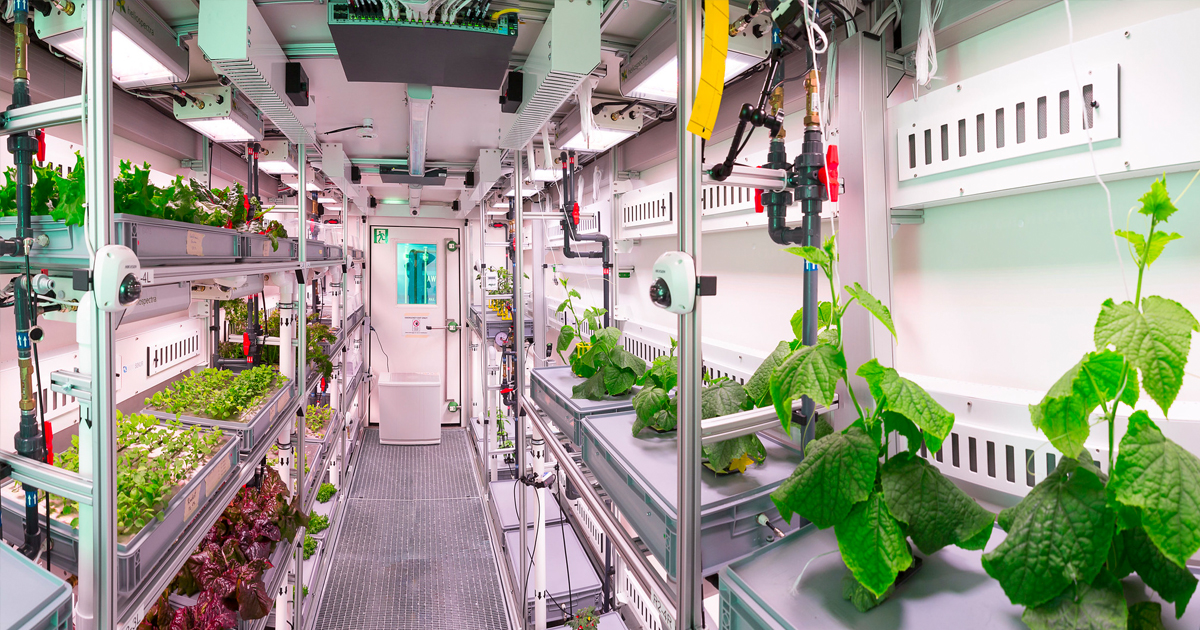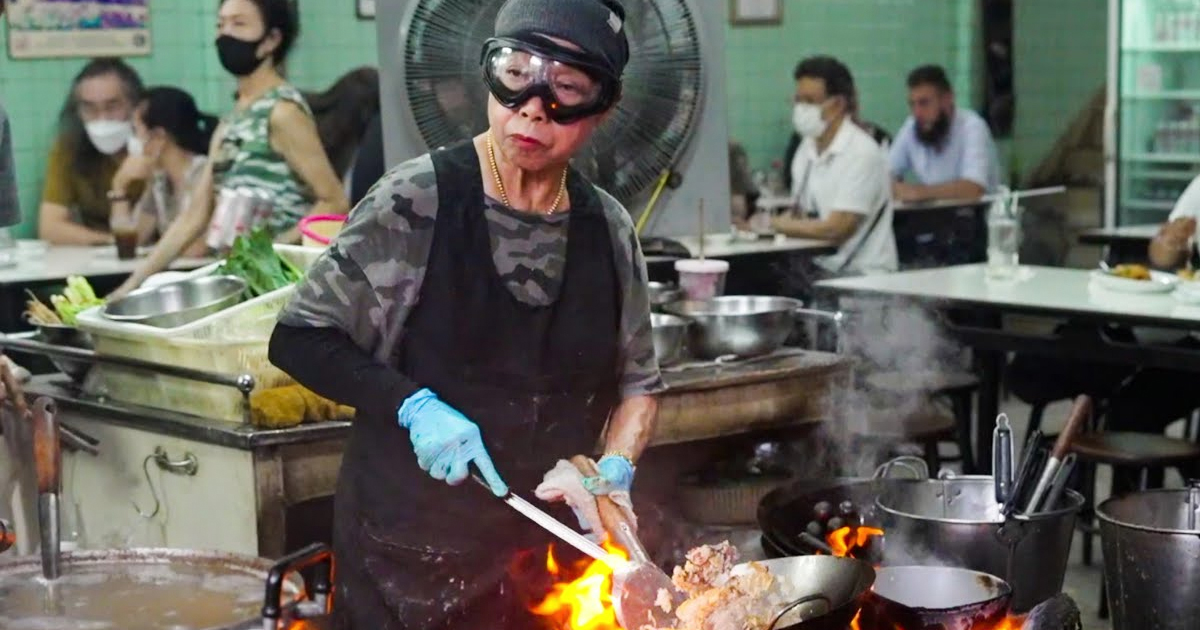An Uncertain Future
It’s hard to believe such a commonplace food as the banana could go extinct, but this reality has already happened and continues to develop before our very eyes.
Cheap, healthy, and convenient, bananas have been a lunchtime fixture for decades. They’re also a critical food source in many poorer regions of the world. Though the loss of such a pivotal everyday food item seems unthinkable, according to biologists the threat is real.
Far from the produce aisle, on the banana plantations of the world a silent struggle is unfolding.
A Tropical Scourge
The threat to bananas comes in the form of a fungus that dwells in tropical soils. This fungus, Fusarium oxysporum Cubense—commonly abbreviated to TR4—causes a visible wilting of the plants it afflicts. The condition is called Panama disease, and if left unchecked, the fungus can wipe out entire crops.
Losing Whole Bananas
The TR4 pathogen was responsible for decimating banana crops for the first time back in the 1950s. The most common commercial variety of banana, the Gros Michel, was devastated. Today’s common supermarket variety, the Cavendish, was brought in at the time because of its resistance to TR4. But as the decades rolled on, the Cavendish also fell under the shadow of Panama disease.
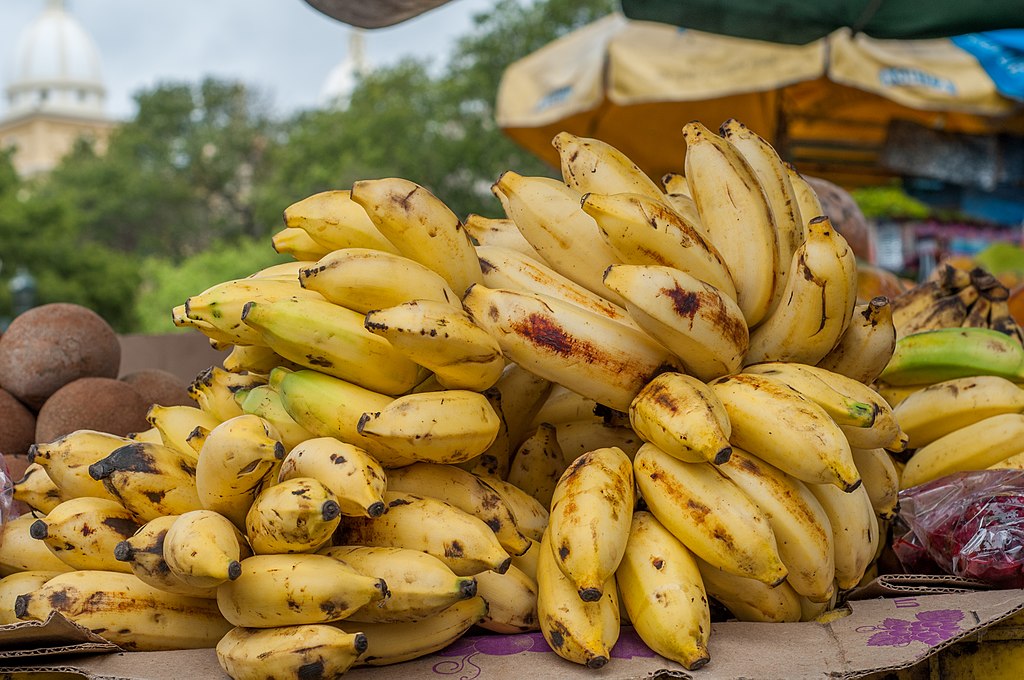 Wilfredor, CC0, Wikimedia Commons
Wilfredor, CC0, Wikimedia Commons
The Future Is Dangerous
Farmers in Southeast Asia first started noticing the telltale signs of Panama disease in their Cavendish banana crops in the 2000s. A decade later the scourge showed up in Central America. It turns out the TR4 fungus has evolved to be able to affect the new banana variety. The formerly reliable Cavendish has a big problem working against it.
Bananas are propagated by cutting and regrowth rather than planting seeds. As a result, the fruit has very little genetic variation. This gives bananas great consistency for size and taste, but makes them vulnerable to the Panama disease fungus. Fortunately, help is on the way.
Meeting The Challenge
Researchers at the University of Massachusetts announced in 2024 that they’ve pinpointed the specific genes responsible for Panama disease in the Cavendish. The discovery opens up a number of options for overcoming the problems haunting bananas and other food crops. This includes potential new fungicides, or the alternative, engineering new resistant banana varieties.
But amid the hopeful outlook, biologists made an additional key point: though the potential exists to save bananas from Panama disease, the standard practice of banana farming from a monoculture will continue to leave bananas vulnerable to potential pathogens.
While researchers and farmers continue to grapple with the problem, is there anything we can do?
What Can We Do To Help?
There are many other varieties of bananas out there, such as lady fingers, for example. While availability varies greatly depending on where you live, consumers can help out by occasionally picking up some of these different types, and encourage sustainability of bananas far into the future.
You May Also Like:
Coffee, Chocolate, And Other Foods That Might Become Extinct
Foods You Need To Eat To Live Longer—And What To Stay Away From

